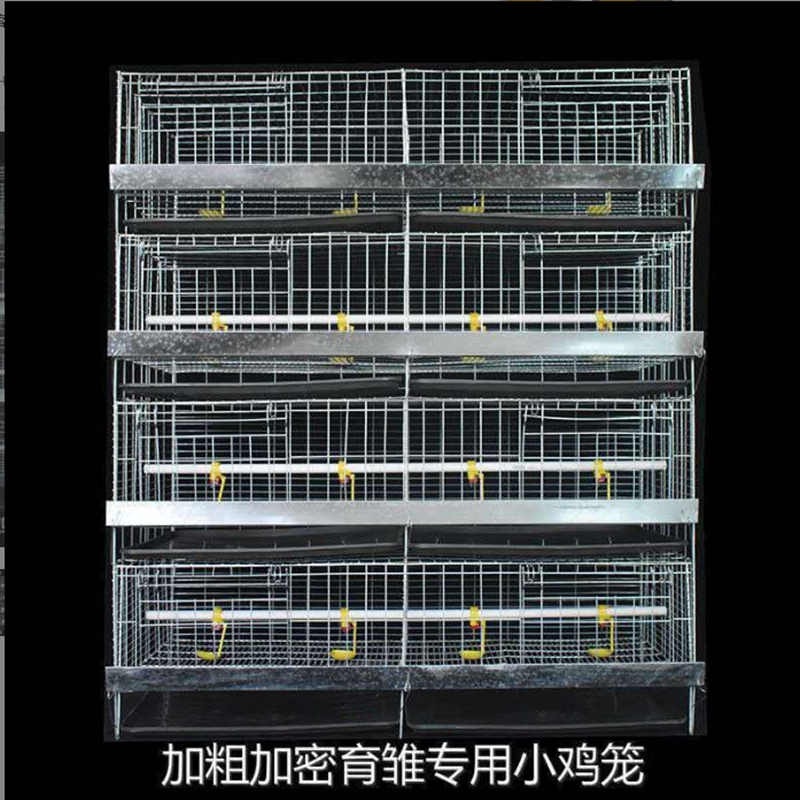Choosing the Right Transport Cage for Your Rabbit's Safe and Comfortable Travel
Aug . 14, 2024 03:32 Back to list
Choosing the Right Transport Cage for Your Rabbit's Safe and Comfortable Travel
Understanding Rabbit Transport Cages A Guide for Owners
Transporting rabbits can be a challenging endeavor, especially when it comes to ensuring their safety and comfort during transit. Rabbit transport cages are specifically designed to meet these needs. These cages serve as a secure environment for bunnies, whether you are headed to the vet, moving homes, or taking them on a trip. This article will explore the importance of rabbit transport cages, what features to look for, and some tips for successful transport.
The Importance of Rabbit Transport Cages
Rabbits can be particularly skittish and sensitive to new environments. Transporting them in a secure cage can help minimize stress and prevent injuries. Unlike regular pet carriers, rabbit transport cages are designed to accommodate the specific needs of rabbits, who can experience panic and anxiety when exposed to unknown situations.
Using a designated transport cage not only keeps your rabbit safe but also aids in managing their comfort level during the journey. A good transport cage can help regulate temperature and provide a familiar space where your rabbit feels secure, even in an unfamiliar environment.
Key Features to Look For
When selecting a transport cage for your rabbit, there are several essential features to consider
1. Size and Comfort The cage should be spacious enough for your rabbit to stand, turn around, and lie down comfortably. A cramped space can lead to anxiety and discomfort, making the journey harder for both you and your pet.
2. Ventilation Proper airflow is crucial to keep your rabbit comfortable during transport. Look for cages with ample ventilation, such as mesh sides or strategically placed air holes.
3. Durability A good transport cage should be sturdy enough to withstand the pressure from both the rabbit and potential impacts during transportation. Choose cages made from strong materials that can resist chewing and scratching.
rabbit transport cages

4. Ease of Cleaning Accidents can happen, especially during transport. Cages with removable trays or easy-to-clean surfaces will make your life easier and ensure your rabbit stays in a hygienic environment.
5. Accessibility Look for cages with easy-access doors that allow you to place your rabbit inside or take them out without causing excessive stress. This feature is especially important when handling a nervous rabbit.
6. Security Features Ensure that the cage has secure locks to prevent your rabbit from making an escape during travel. A resistant latch system can protect your furry friend from unexpected openings.
Tips for Successful Transport
1. Acclimatization Before any journey, help your rabbit get accustomed to the transport cage. Allow them to explore it for a few days before a trip, which can reduce anxiety during the actual transport.
2. Familiar Items Placing a familiar blanket, toy, or some bedding inside the cage can provide a sense of security for your rabbit. Familiar smells can help soothe them during the journey.
3. Minimize Movement Try to keep the transport cage stable during travel. If you are driving, secure it in the back seat or cargo area and avoid sudden stops or sharp turns that could jostle the cage.
4. Hydration and Food For long trips, consider providing a small amount of water and hay. However, it's crucial to avoid overfeeding just before travel, as it may lead to discomfort.
5. Monitor Temperature Ensure that your rabbit is not exposed to extreme temperatures. Keep the cage in a comfortable environment and avoid direct sunlight or cold drafts.
In conclusion, a rabbit transport cage is essential for any rabbit owner looking to travel with their furry companion. By choosing the right cage and following best practices for transport, you can make the journey safer and more comfortable for your rabbit, transforming what could be a stressful experience into a manageable one. Safe travels!
-
Hot Sale 24 & 18 Door Rabbit Cages - Premium Breeding Solutions
NewsJul.25,2025
-
Automatic Feeding Line System Pan Feeder Nipple Drinker - Anping County Yize Metal Products Co., Ltd.
NewsJul.21,2025
-
Automatic Feeding Line System Pan Feeder Nipple Drinker - Anping County Yize Metal Products Co., Ltd.
NewsJul.21,2025
-
Automatic Feeding Line System - Anping Yize | Precision & Nipple
NewsJul.21,2025
-
Automatic Feeding Line System - Anping Yize | Precision & Nipple
NewsJul.21,2025
-
Automatic Feeding Line System-Anping County Yize Metal Products Co., Ltd.|Efficient Feed Distribution&Customized Animal Farming Solutions
NewsJul.21,2025






